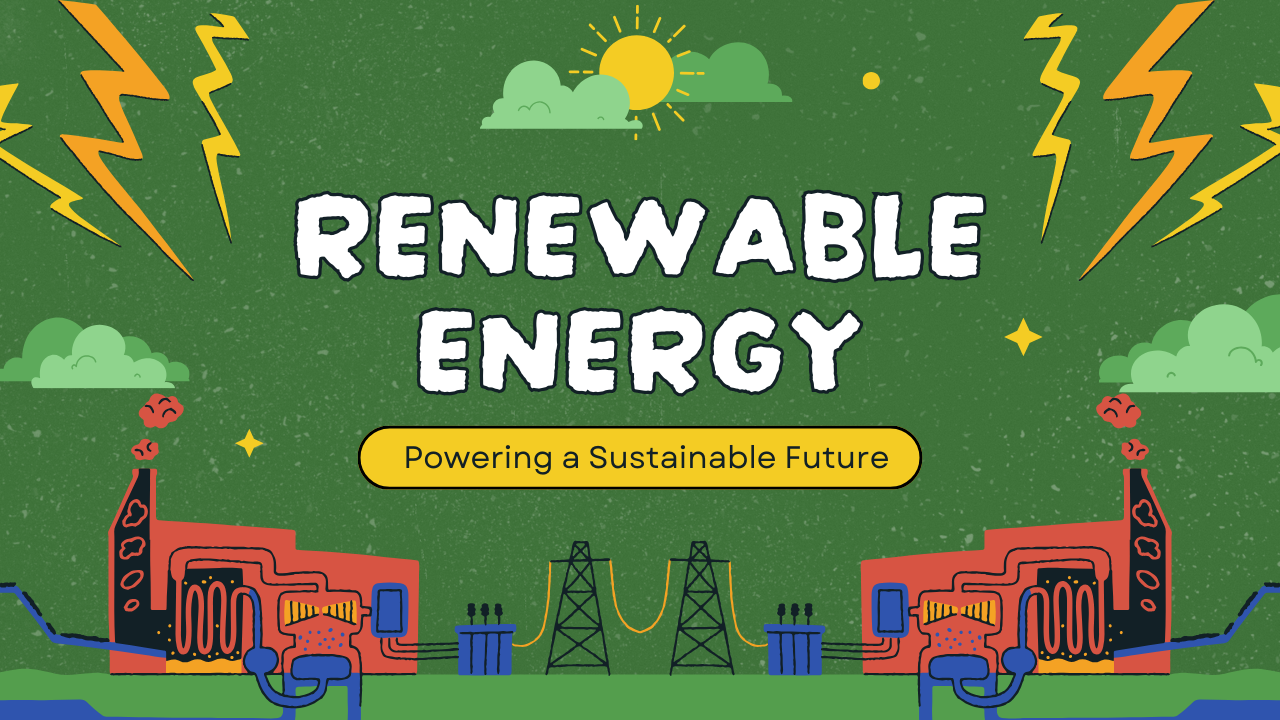
PM Surya Ghar: Free Power via Rooftop Solar
Powering a Billion Dreams: Inside India's PM Surya Ghar: Muft Bijli Yojana
In a landmark move to advance sustainable development and empower its citizens, the Government of India, under the leadership of Prime Minister Narendra Modi, launched the PM Surya Ghar: Muft Bijli Yojana on February 13, 2024. This ambitious, world-leading initiative is designed to illuminate one crore (10 million) households by providing them with free electricity generated from their own rooftop solar installations. With a substantial budget of ₹75,021 crore (approximately $9 billion), the scheme represents a monumental step in India's journey towards energy independence, sustainability, and economic upliftment for its people.
The core objective of the program is to dramatically increase the adoption of residential rooftop solar power, thereby reducing household electricity bills, generating income through surplus power, and significantly cutting the nation's carbon footprint. By making clean energy accessible and affordable, the yojana (scheme) is not just an energy policy but a powerful tool for social and economic transformation, promising to create jobs, reduce the strain on the national grid, and position India as a global leader in the residential solar sector.
How the Scheme Works: Subsidies, Loans, and Benefits
The PM Surya Ghar: Muft Bijli Yojana is structured to ensure that the financial burden on households is minimized, making the transition to solar power as seamless as possible. The program is built on a foundation of direct financial assistance and accessible credit.
Key features of the scheme include:
Generous Central Financial Assistance (CFA): The government provides a direct subsidy to beneficiaries' bank accounts to offset the initial installation cost. The subsidy structure is tiered based on system capacity :
For systems up to 2 kW, the subsidy is 60% of the cost.
For systems with a capacity between 2 kW and 3 kW, the subsidy covers 40% of the additional cost.
The total subsidy is capped for systems up to 3 kW, with a maximum benefit of ₹78,000.
Accessible, Low-Interest Loans: To cover the remaining cost, households can avail of collateral-free loans at a heavily concessional interest rate of around 7%. This ensures that even low- and middle-income families can participate without facing significant upfront financial pressure.
Free Electricity and Income Generation: A key promise of the scheme is providing up to 300 units of free electricity per month for each household, drastically reducing or even eliminating their monthly power bills. Furthermore, households can generate additional income by selling any surplus power back to the local electricity distribution companies (DISCOMs), creating a new revenue stream.
A Vision for a Solar-Powered India: Targets and Impact
The scale of the PM Surya Ghar yojana is unprecedented. The government has set a clear and ambitious timeline to achieve its goal of powering one crore homes by March 2027. The scheme is projected to add 30 GW of solar capacity through residential rooftop installations alone. This massive expansion of clean energy is expected to have a profound and multi-faceted impact on the nation.
The projected outcomes include:
Massive Carbon Emission Reduction: Over the 25-year lifespan of the installed rooftop systems, the scheme is expected to reduce CO2 equivalent emissions by an astounding 720 million tonnes, making a significant contribution to India’s climate goals.
Economic Savings: For households, the annual savings on electricity bills are estimated to be between ₹15,000 and ₹18,000 crore collectively. For the government, the reduced dependency on conventional power sources could lead to annual savings of ₹75,000 crore.
Job Creation: The initiative is set to be a major economic engine, creating an estimated 17 lakh (1.7 million) direct jobs across the solar value chain, including manufacturing, logistics, sales, installation, and maintenance. This will require skilling a vast workforce, with plans to train around 100,000 solar PV technicians.
Eligibility and Implementation: How to Participate
The scheme is designed to be inclusive, targeting Indian citizens who own a house with a suitable roof for solar panel installation and have a valid electricity connection. A key condition is that the household must not have previously availed any other government subsidy for solar panels.
To streamline the process, the government has launched a dedicated National Portal (pmsuryaghar.gov.in), which serves as a one-stop platform for households to register, check eligibility, apply for the subsidy, and select from a list of approved vendors. The implementation is being driven at the local level by DISCOMs, which are tasked with facilitating everything from vendor registration and net metering to timely inspections and commissioning of the solar systems.
A Brighter Future for India
The PM Surya Ghar: Muft Bijli Yojana is more than just an energy scheme; it is a visionary program that aligns with India's broader goals of sustainable development, economic growth, and citizen welfare. By placing the power of the sun directly in the hands of its people, the government is fostering a grassroots energy revolution. This initiative not only promises to light up millions of homes with clean, free electricity but also paves the way for a more resilient, self-sufficient, and environmentally responsible India. It is a bold declaration that for India, the future of energy is not just bright—it's solar.












